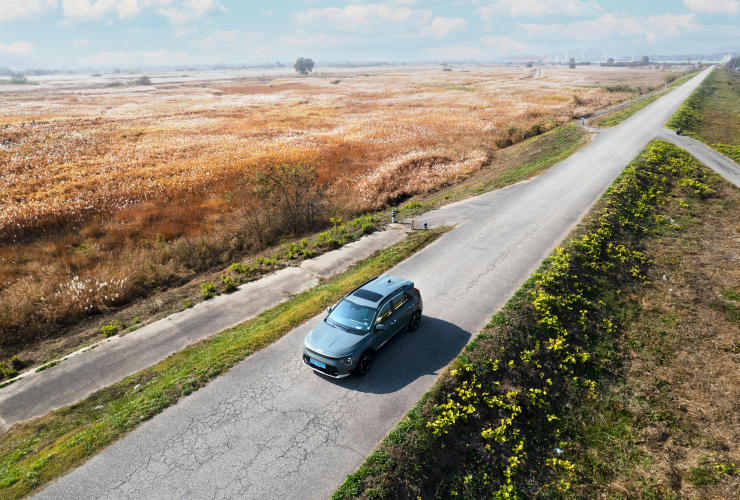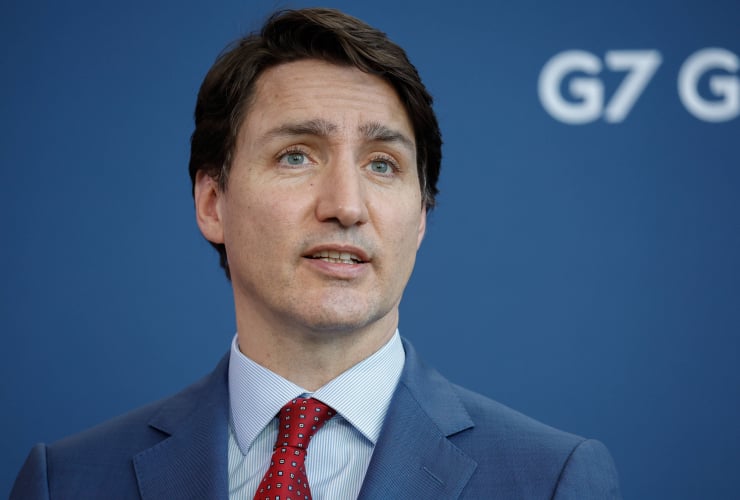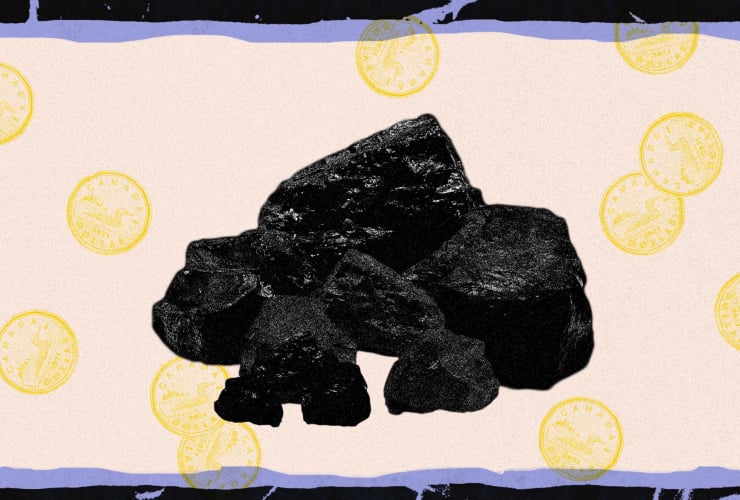Support journalism that lights the way through the climate crisis
EDMONTON — Lance Colby saw what was coming.
The Alberta government said Wednesday it would open talks on water-sharing between large users as the province's drought situation worsens. But Colby, chair of the Mountain View Regional Water Services Commission in central Alberta, had already begun such discussions.
"We're trying to get ahead of it," said Colby, whose group operates a treatment plant on the Red Deer River. "We're trying to figure out where the water's going, who the big users (are) and who's buying water.
"It's a lot of work."
That work will be going on all over Alberta as the province faces slow desiccation. Alberta is heavily dependent on precipitation for its water supply, but Agriculture and Agri-Food Canada says the entire province is under at least a moderate drought, with large sections of the south under extreme and exceptionally dry conditions.
There are currently 51 water shortage advisories in the province. River basins from north to south face critical water shortages from low precipitation.
The Oldman River in the south is down to about a third of its normal flow. The Bow, which flows through Calgary, has half its normal water. Even tributaries to the Peace and Athabasca rivers, those mighty arteries of the north, are well off their averages.
"Alberta is considering a wide range of tools and approaches to respond to an emergency situation, including both regulatory and non-regulatory tools," said a letter from Environment Minister Rebecca Schulz to municipal leaders this week.
Schulz said the province's newly formed drought team will bring together major water users to negotiate agreements on sharing the resource. She said licence holders will be asked to voluntarily use less to ensure water is available for as many as possible.
It will be the first such effort in Alberta since 2001.
"The drought command team will select and prioritize negotiations with Alberta’s largest water licence holders in an effort to secure significant and timely reductions in water use," Schulz wrote.
The Alberta Energy Regulator warned industry in December that it may have to plan to reduce its water use.
Agriculture and irrigation is by far the largest user of water in the province, accounting for almost half its water licences — mostly in the south, where water shortages are most acute. Municipalities and the energy industry, the next largest users, use about a quarter as much.
Schulz blames the drought on El Nino, a periodic system associated with warm, dry weather.
"It’s causing less snow and rain, along with higher temperatures, heightening the potential for significant drought into spring and summer 2024, particularly in southern Alberta," she wrote.
Her letter does not mention climate change. But last summer, a group of scientists in her department published research that warned of hot, dry times to come.
"More extreme drought conditions were projected in Alberta under the (global mean temperature) warming, indicating that the extreme drought conditions are likely to become more common in Alberta," says the paper, published in the Journal of Hydrology.
As well, a non-profit group of scientists and science journalists based in Princeton, N.J., concluded last month that climate change had made Canada’s warmest December in more than 50 years about twice as likely.
Back in Mountain View, just north of Calgary, Colby said all the communities served by his commission agree with the need to conserve water.
"We had a big meeting and all the towns are on board with what we can do," he said. "The water we produce at the plant is for human use, for the towns."
Still, Mountain View didn't always have to worry about water.
"There used to be a lot of water just south of us," he said. "It's gone down over the years, last year especially.
"Lots of snow in the mountains and lots of rain would make everybody very happy."
This report by The Canadian Press was first published Jan. 31, 2024.
Just so folks are aware:
Just so folks are aware:
Under the Master Agreement on Apportionment, Saskatchewan's share is 50% of the apportionable flows. Section 2(c) of Schedule A of the Agreement states that Alberta has the option to measure flows of the Red Deer River and South Saskatchewan River below the confluence of the Red Deer River.Mar 10, 2020
And
Manitoba is entitled to 50% of the flow coming into Saskatchewan and 50% of the flow arising within Saskatchewan..
The S. Saskatchewan River joins the N. Saskatchewan River east of Prince Albert and eventually flows into Lake Winnipeg in Manitoba. Lake Winnipeg is larger in area than Lake Ontario for the curious.
Thanks for that important
Thanks for that important background. So, in other words, we're kind of all in this together? Who knew?
The UCP must be paralyzed at this bold intrusion on THEIR particular take on reality, calmly reiterated by Schulz when she has the unmitigated nerve to make NO mention of climate change, attributing this to El Nino alone, i.e. just another glitch of WEATHER?! Wow. There they are, telling us again who they are....
Sounds like the Stettler area farmers (my origins) on CBC also recently stating the same thing with just as much certainty and authority, and above all else CALMNESS, since not being remotely ALARMIST, EVER truly eclipses all reason for these guys.
We might recall that this same impossible arrogance that considers the vast prairie sky more their purview than anyone else's also predictably votes conservative. So ultimately their influence needs to be treated accordingly, i.e as a few bricks short of a load. They did somehow win the last election I know, but circumstances may be eclipsing that now.






Comments